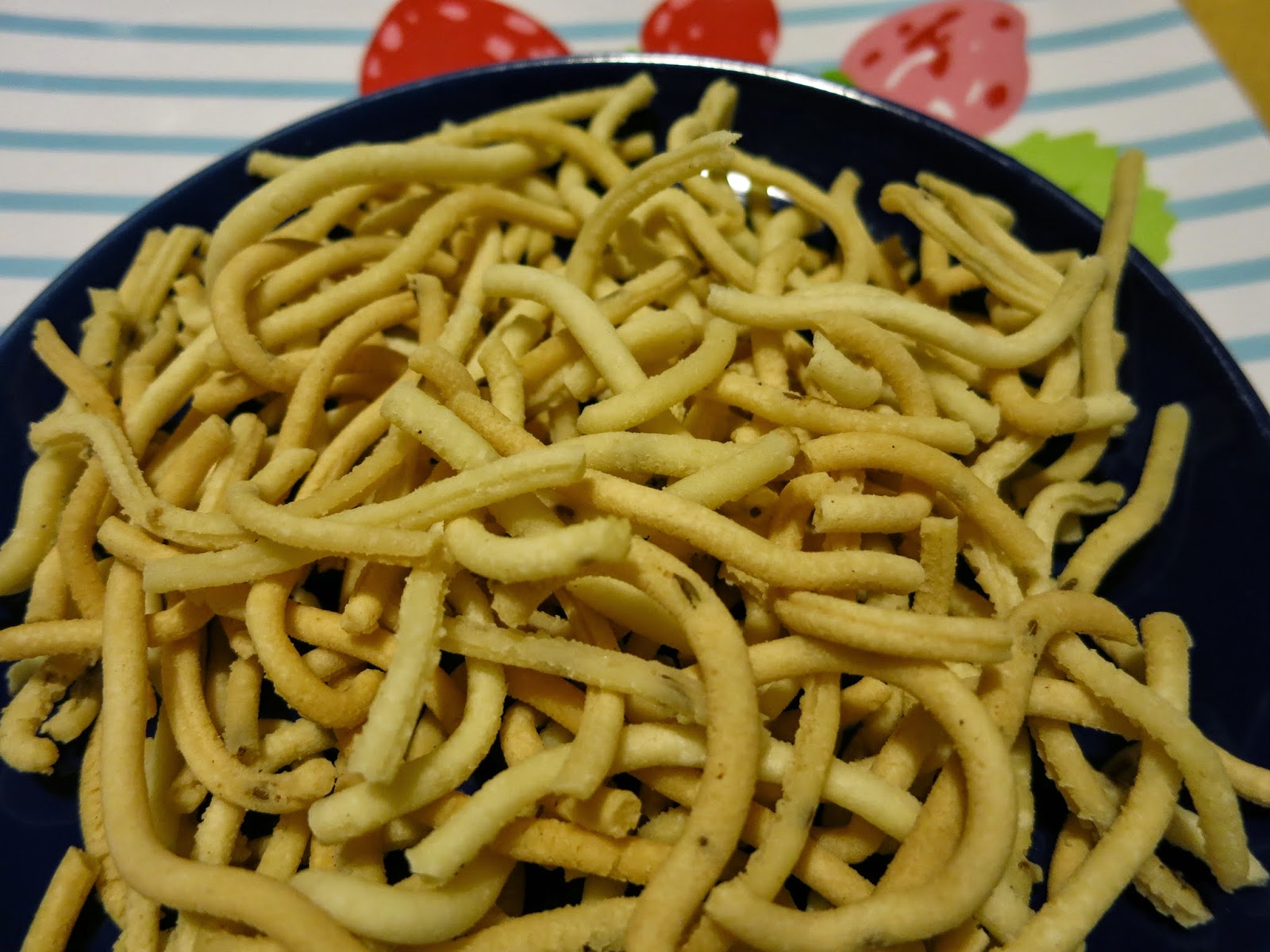Sweet Potato Curry With Onions, Peppers, & Tomatoes

This sweet potato curry is delicious and quick. It is a versatile side dish to accompany your favorite main dishes. I like using both the cream-colored and orange fleshed sweet potatoes. And I used one of each color of the bell peppers - yellow, orange, red, and green. Sweet Potato Curry 6 Servings Ingredients: 1 Tbsp Oil 1/2 Tsp Mustard seeds 1 Tbsp Chana Dal 2 Tsp Urad Dal 1 pinch Asafetida 1/2 Tsp Turmeric 1 stem fresh Curry Leaves, leaves sliced 1 - 2 Green Chiles, minced 1 large Onion, diced 2 - 3 Bell Peppers, any color, diced 1 - 2 Tomatoes, diced 4 - 5 Sweet potatoes, diced 1 tsp Sea Salt 4 Tbsp Fresh Cilantro Method: Heat the oil in a kadai (Indian wok) or skillet and add the seeds and dal; when the mustard seeds pop, reduce heat, cover and add the asafetida. Stir in the curry leaves, green chiles, onions and bell peppers along with the turmeric and a pinch of the salt; cook stirring until softened a little. Add the tomatoes and the sw...
















